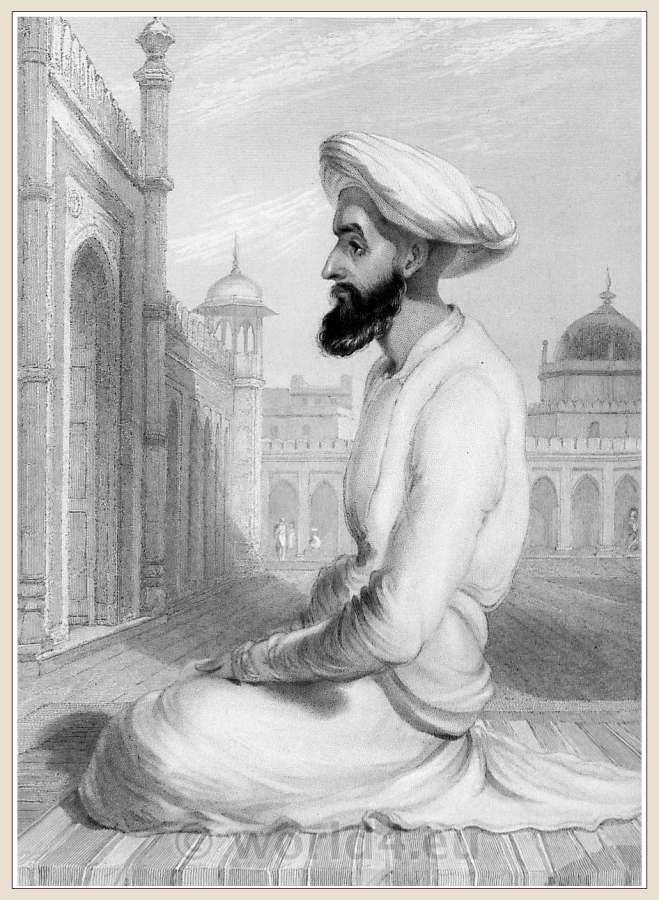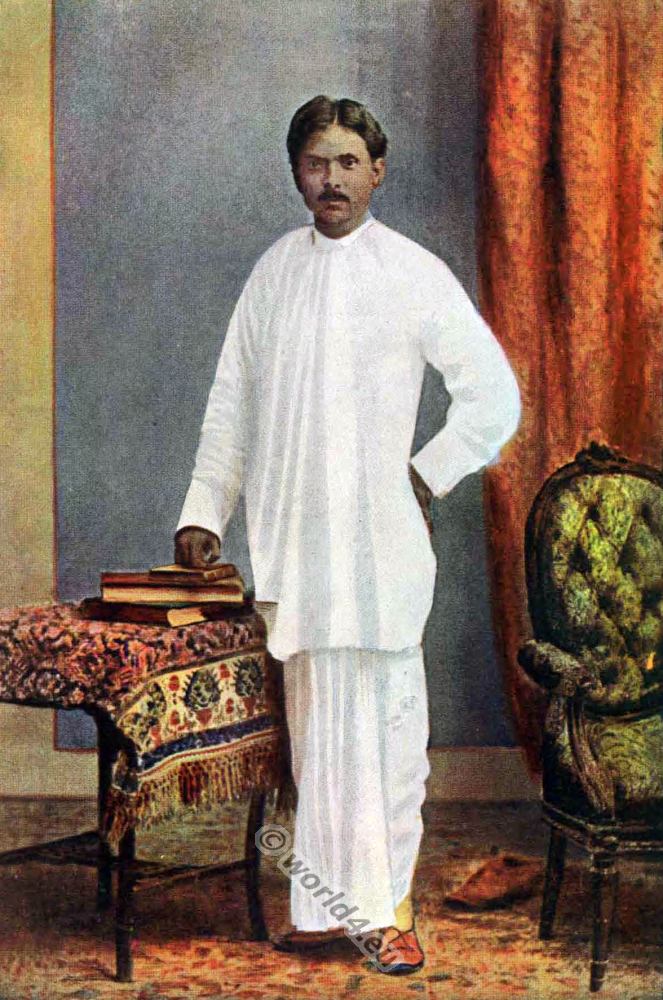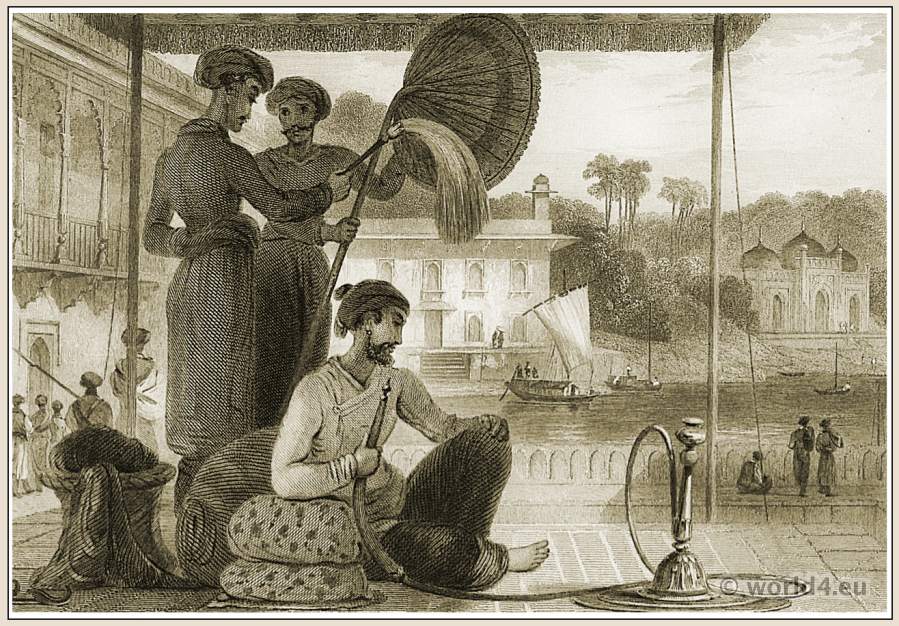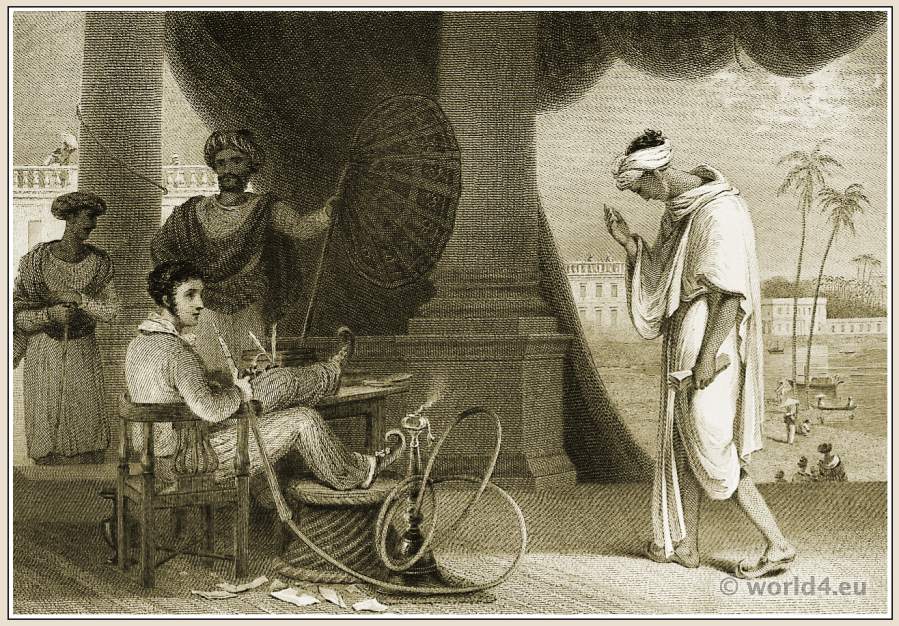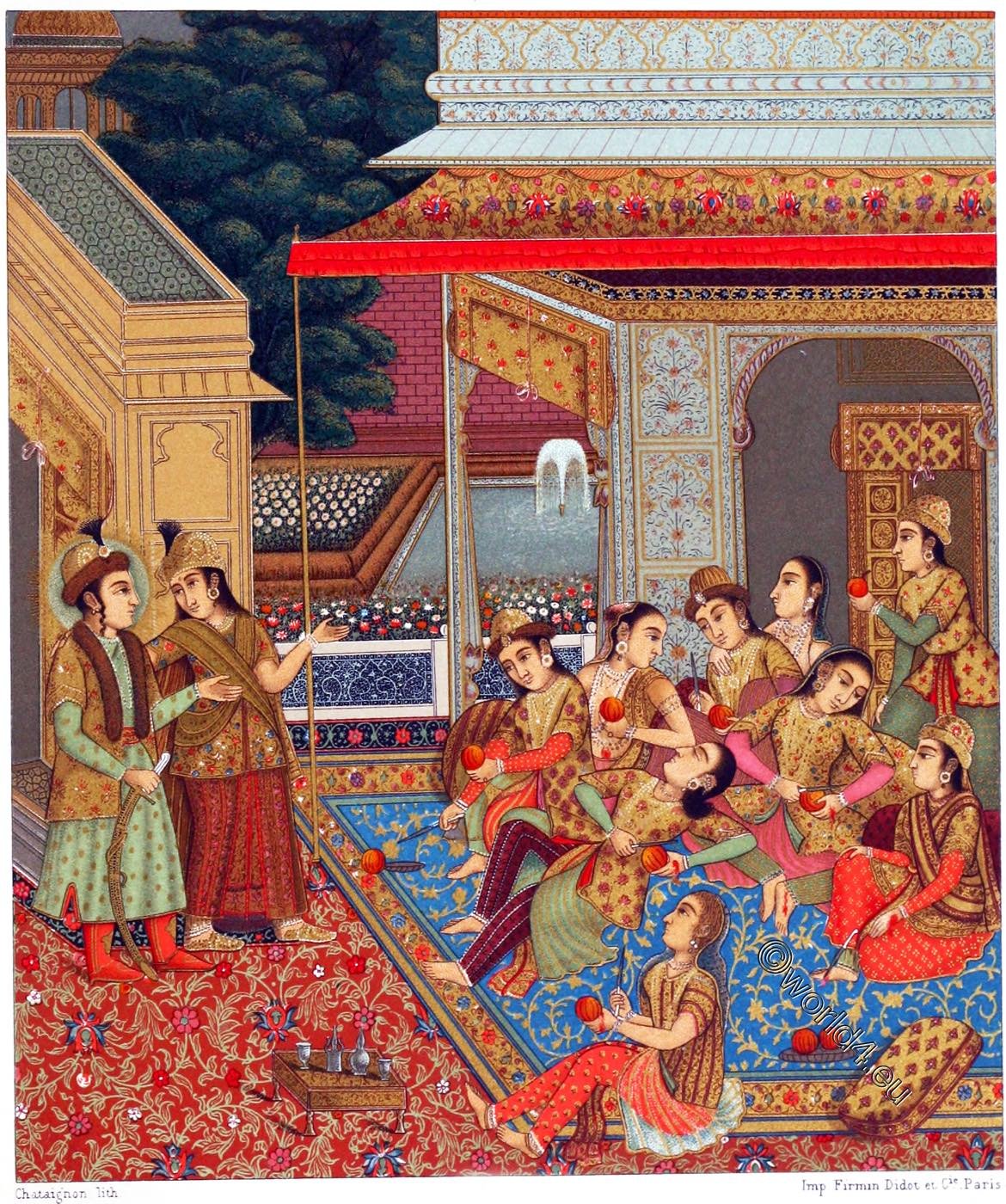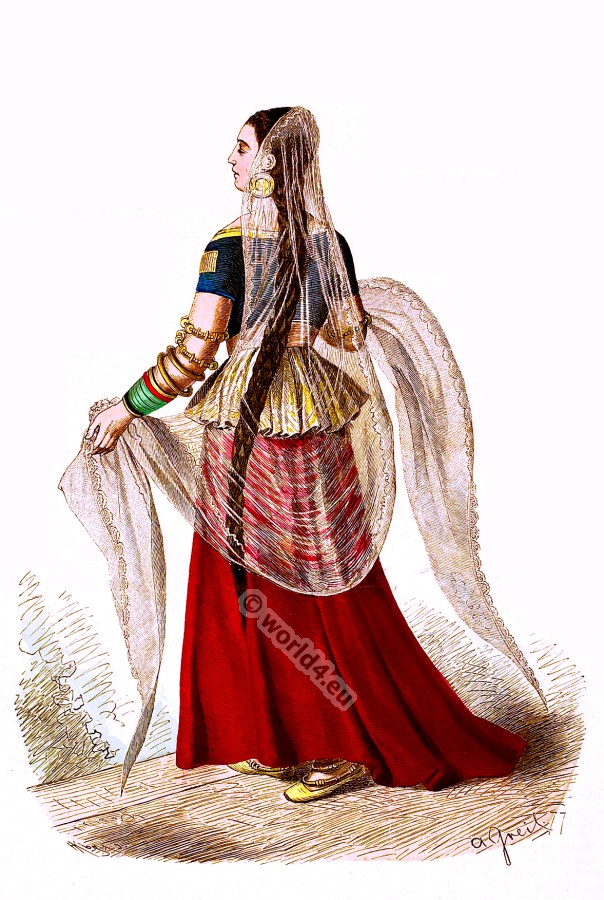The Indian Postman
In whatever part of the world we may reside, there is always a degree of interest attaching to the postman, whether he be black, white or brown. The familiar “rat-tat” of the English postman is unknown in India, possibly because there are no knockers, and in many cases no doors. But we hear in its stead the remark of the butler as he brings us our morning dâk or English mail- “Chitti hai,” he says, and if he has not been too greatly spoiled by the influences of a free English education, it is possible he may also condescend to address you as Sahib or Sir.
Frequently the dak-wallah, as he is called, does not read English, and the name of the person to whom the letter is addressed is to be found, written in the vernacular, on the back of the letter. Government provide the men with a good serviceable blue dungaree uniform, and a waterproof cape during the monsoon. Sandals are worn more often than boots, and, when the rains arrive, the trousers are exchanged for knickerbockers.
In Ceylon, in districts where the mails are light and the roads either bad or non-existent, Tamils are employed as “runners” between one village and another. They are clothed with little more than a Dhoti, and armed with a short stick to defend themselves against the possible attack of either robbers or snakes. A Tamil tapal runner will go at a good swinging trot for hours-a run of twenty miles or so being looked upon as a mere nothing.
At Christmas time our postman does not omit to remind us that it is an occasion for the donation of “baksheesh,” nor is he alone in this particular; every man, woman or child, whom duty brings into the shadow of your presence, comes to “say salaam.” Even those not included in the above category “say salaam” also. The man who brings round the tax papers adds insult to injury by joining the crowd, and, when asked what service he may have rendered to entitle him to remuneration, replies that, although it is true his arduous labours are not entirely on your account, yet, as he is willing to do anything that may be required in the future, surely he will not be forgotten?
Gallery: Typical pictures of Indian Natives. By F. M. Coleman, 1897.
Related:
- Suisse costumes nationaux
- Traditional French national costumes.
- Tyrolean national costumes 1835.
- Souvenir de L’Exposition Universelle de Vienne.
- Costumes of Japan and Java.
- The Peninsula war. Character, Costume in Portugal and Spain.
- Our islands and their people. Hawaii, Philippines, Puerto Rico, Cuba.
- Costumes of all countries by Alexandre Lacauchie 1850s.
- Historical and folk costumes by Franz Lipperheide.
- The costume of Turkey. Ottoman Empire 18th century.
- Traditional Dutch national costumes.
- The Switzerland national costumes of 17th ‚18th, 19th century originals.
- Folk dresses from Norway, Dutch, Germany and Hungaria.
- Mexico by Carl Nebel 1836.
- Typical pictures of Indian Natives.
- The People of India
- Views of Darjeeling: With typical native portraits and groups.
- History of the Indian Tribes of North America of the Indian Tribes of North America
- Chinese sceneries in 19th century. by Thomas Allom.
- Provincial Russia. Costume and Culture.
- Costume of the Russian empire by Edward Harding.
- Serbian national costumes by Vladimir Kirin.
- Historical European costumes by Auguste Wahlen.
- The Highlanders of Scotland, 1870.
- Costumes and scenery of Afghanistan.
- Views of Darjeeling: With typical native portraits and groups.
- The dark continent. Africa, the landscape and the people 1931.
- Historical costumes from Africa, America and Oceania.
- Traditional folk costumes of Italy and France in 1821.
- The Serbs in the Adriatic. Their types and costumes 1870-1878.
[sitecreator show=”6″]
Discover more from World4 Costume Culture History
Subscribe to get the latest posts sent to your email.


